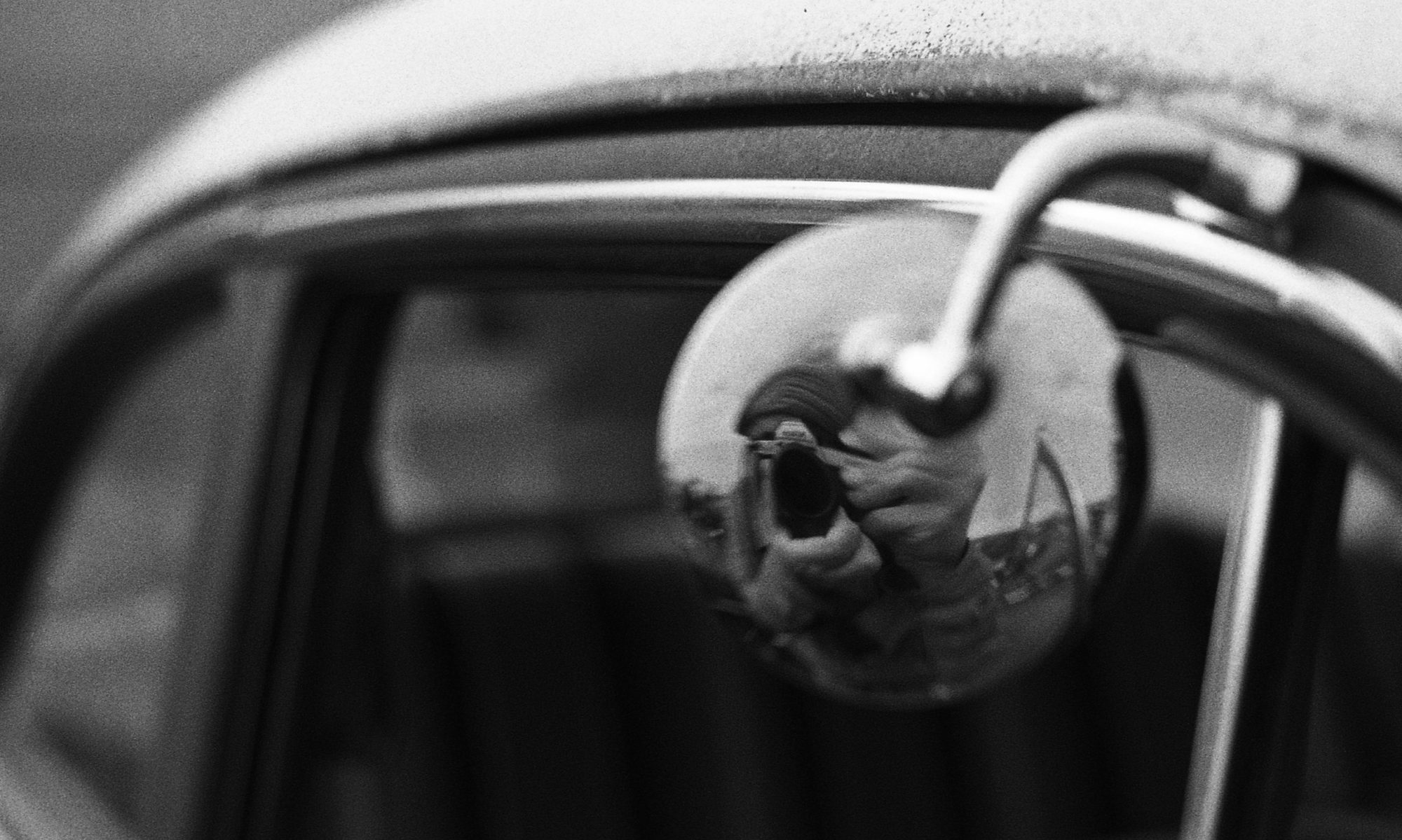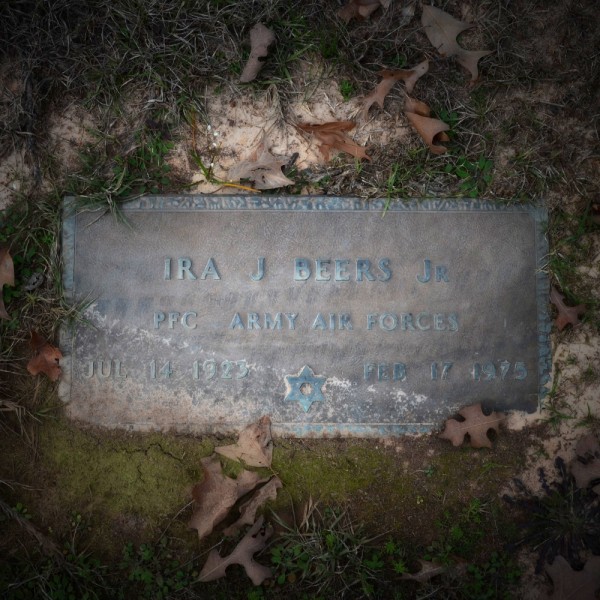
I ventured to East Texas to find the final resting place of Ira J. Beers, Jr. Mr. Beers was a staff photographer for The Dallas Morning News, one of the two major news papers for Dallas metro area, the other paper being the Dallas Times Herald1. I believe Beers was in President Kennedy’s motorcade in Dallas on Friday, November 22, 1963. I know Beers was in the basement of the Dallas Police Headquarters on Sunday, November 24, 1963, for the transfer of Lee Harvey Oswald from the city jail to the county jail.
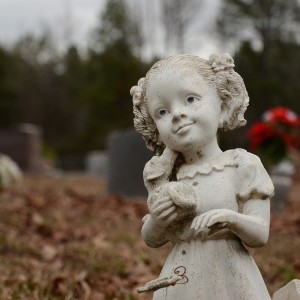
It was during this transfer that Jack Ruby, owner of the Carousel Club, shot and killed Lee Harvey Oswald, the alleged2 assassin of President Kennedy and alleged murderer of Officer J.D. Tippit.
Mr. Ruby was apprehended and Mr. Oswald was rushed to Parkland Hospital. Ruby found himself in the same jail cell previously occupied by Oswald, and Oswald was taken to the same emergency room as Kennedy3. Oswald did not survive.
Beers was not the only photographer waiting for the transfer of Oswald to the county jail. There were numerous television cameras, photographers and reporters for the local and national media. This included Dallas Times Herald staff photographer Robert Jackson.
Beers and Mr. Jackson were positioned differently in the crowded basement. Beers had a good view of the doorway where Oswald would be entering and Jackson was closer to the car that would be used for the prisoner transfer. And somewhere in the middle was Ruby.
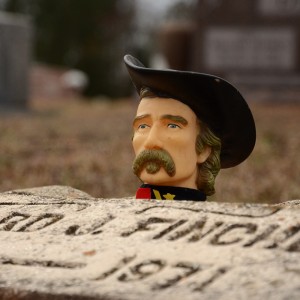
When Oswald was brought out, the television lights went on and out stepped Jack Ruby from the shadows with a gun. Beers photographed Ruby about to shoot Oswald, who was oblivious to the gunman. Less than a second later, Jackson photographed Oswald in pain with a bullet in him and an alert Det. James Leavelle trying to move Oswald out of the way.
A lot can happen in less than a second, which can be seen in the photographs taken by Beers and Jackson. Beers’ shot, while very good, lacks the drama that was captured by Jackson. In Jackson’s shot can be seen the suffering on Oswald’s face and the grit of the Dallas Police on Det. Leavelle’s face. The emotions speak volumes.
Robert Jackson won the Pulitzer Prize for his photograph. Ira Beers did not.
I have read that not winning the Pulitzer Prize haunted Beers for the rest of his days.
Beers had a great angle. He was high with a good sight of Oswald. His photo is well lit and shows all the action. The only thing missing is the look on Oswald’s face.
Kildare Cemetery
Ira J. Beers, Jr. was not an easy man to find. Just imagine the number of search results you can get for beers.
I went old school to find Beers. I narrowed down his date of death and then visited the Dallas Public Library to view obituaries from The Dallas Morning News on microfilm. Services for his funeral were handled locally, but his final resting place was at Kildare Cemetery, about 165 miles east of Dallas. I confirmed his interment with a Kildare Cemetery historian.
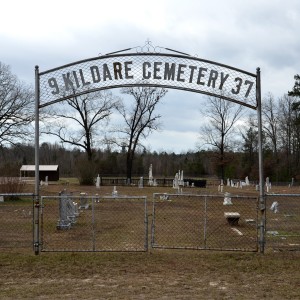
I trekked out to Kildare Cemetery on Presidents Day, February 18, 2013. It was a two and a half hour drive from my home. Once at the cemetery, it took me nearly forty minutes to locate Beers. I was told he was in section B, but there are no section markings anywhere in the cemetery.
Kildare Cemetery is a nice, country meadow with 200-300 internments. A paved road divides the cemetery up the middle and an American flag stands post near the entrance. Most of the memorials are gray marble. There are only a handful of statuettes. Within the cemetery is another fenced in private cemetery. Even in death the rich are still trying to keep out the poor.
I had nearly given up my search to find Beers when I happened upon his monument. Beers has a metal military monument. It is nearly the color of the ground and leaves. I almost missed it. Had I visited it at the height of fall, it may have been covered in leaves and I would have missed it.
Beers is located on the east side by the chain-link fence between two upright Rosser monuments.
Photography
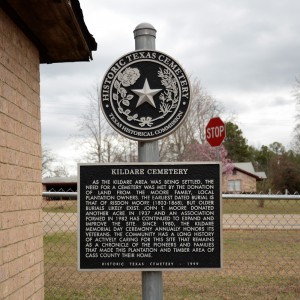
I try to get some basic shots with every cemetery visit. I take photos with both my film Holga cameras and my digital Nikon D7000. I use my Nikon to determine what film speed would be best. It was cloudy in the Kildare Cemetery, but not enough to use higher than 100 and 160 ISO film. In case I am wrong, I do take digital back-up photos.
My first order of business is to make sure the N-B switch on the bottom is set to N. N stands for Normal and B stands for Bulb, or as I like to remember, Blurry. Checking the N-B switch keeps me from wasting a roll of film and a very long car ride.
My Holga shots start out simple with direct overhead or square on shots. I change the focus from 3 ft. to 6 ft. After having the basic shots in the can, I start creating angles and double-exposure shots.
Cloudy days are more freeing than others. I can create multiple double-exposure shots without blowing out the film. For this monument I did some over lapping exposures. I triggered the shutter and advanced the film a few clicks (not all the way to a new photo). This may turn out to be either the worst of best photo in the bunch.
All photographs currently showing on this page are from my Nikon D7000. The film has not been developed. Cheers.
Footnotes
1 The Dallas Morning News acquired the Dallas Times Herald on December 8, 1991. The Morning News closed the Herald the next day.
2 Lee Harvey Oswald did not live to be convicted of either crime and thus remains an innocent man.
3 Lee Harvey Oswald was not in exactly the same emergency room, but a different room in the same emergency room facility. My wife, a nurse, keeps telling me it is an emergency department, which better clarifies the room confusion. But I tell her that nobody would watch a show called ed.
